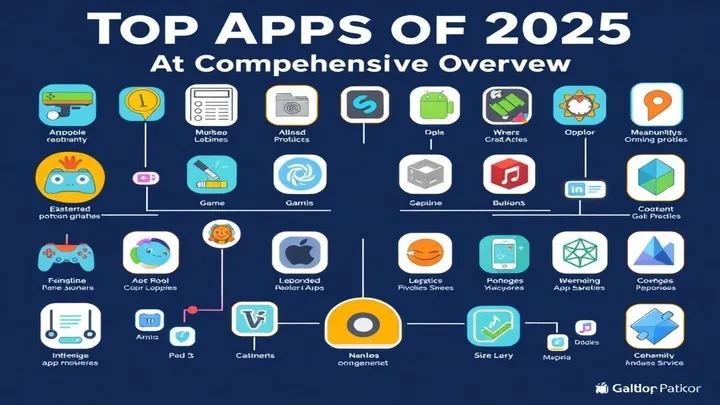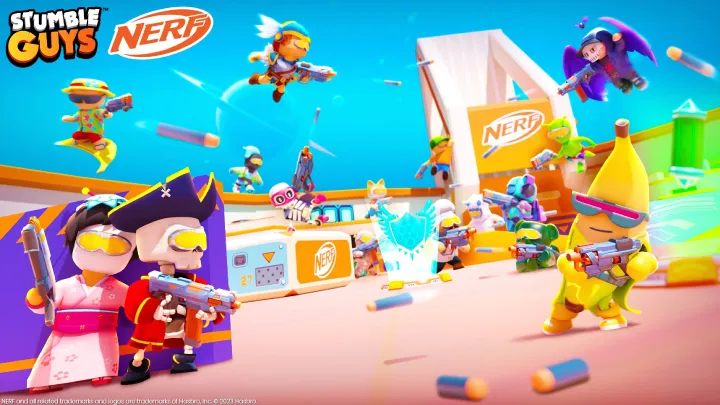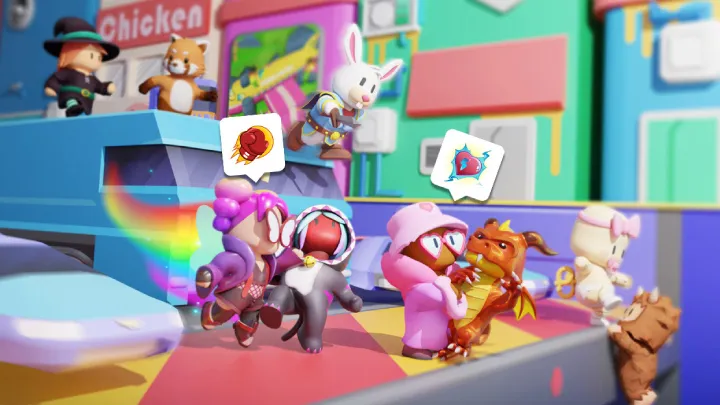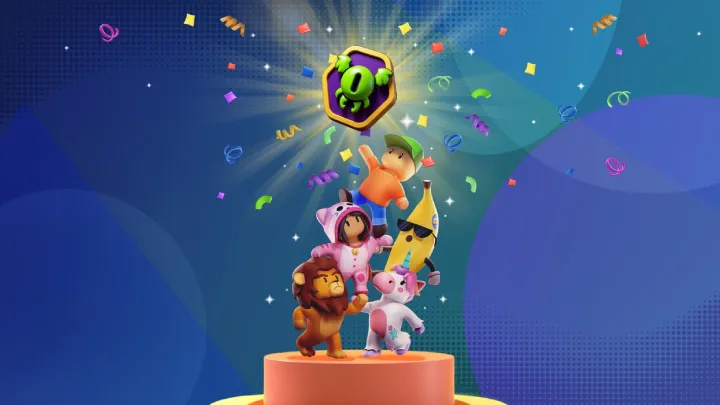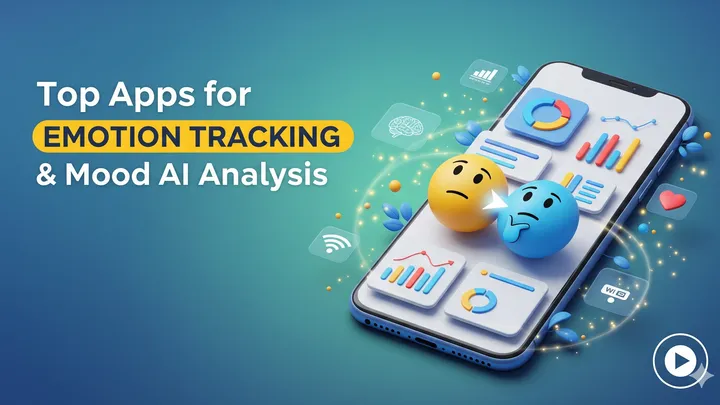Poppy Playtime is renowned for its chilling atmosphere, clever puzzles, and unforgettable enemies, but none capture the player’s fear quite like Huggy Wuggy. This seemingly innocent toy quickly turns into a relentless predator, chasing players through dark corridors and testing their survival instincts. Understanding Huggy Wuggy’s behavior, learning to spot environmental clues, and developing a clear strategy are essential for staying alive. This article offers an in-depth exploration of tips and guides for surviving Huggy Wuggy encounters, structured step by step so players can master every aspect of their encounters.
Understanding Huggy Wuggy’s Movement Patterns
One of the most important aspects of surviving Huggy Wuggy is understanding how he moves within the factory. Unlike scripted horror villains, Huggy has patterns that mix predictability with surprise.

Huggy’s tall body allows him to move quickly down hallways, but his size can also limit his maneuverability in tight spaces. Players who recognize this can exploit narrow passages to buy time. Huggy also tends to favor ambush tactics, appearing from hidden vents or behind machinery. By carefully observing the environment, you can anticipate where he might appear.
Another key detail is Huggy’s persistence. Once he detects you, he rarely gives up easily. Knowing this means that running isn’t enough—you’ll need to combine movement with intelligent pathing and puzzle-solving to truly evade him.
Preparing Mentally Before the Encounter
Surviving Huggy Wuggy isn’t just about mechanics; it’s also about managing fear. The developers designed these encounters to create tension, and panic often leads to mistakes.
Players should practice steady breathing when Huggy appears, reminding themselves that the chase sequences are designed with solutions in mind. Every hallway, ladder, and vent has a purpose, even when it feels like you are cornered. Training yourself to see opportunity rather than only danger is the first mental step toward survival.
It also helps to rehearse certain escape paths mentally before triggering Huggy. By studying the layout ahead of time, you reduce the surprise factor and gain confidence that you can execute a plan.
Using the GrabPack as a Defensive Tool
The GrabPack isn’t just a puzzle-solving device—it can also help you buy time during Huggy encounters. While it won’t harm him directly, it allows you to manipulate the environment in ways that slow him down.
For example, pulling objects into Huggy’s path can create temporary obstacles. Swinging across gaps or quickly opening doors with the GrabPack also gives you extra seconds to escape. Players often forget that speed in activating mechanisms is just as critical as running.
Additionally, the GrabPack can help distract Huggy. Triggering a mechanism in one area while running in another can sometimes misdirect his pursuit. Using it creatively transforms encounters from pure chase sequences into tactical puzzles.
Environmental Awareness and Escape Routes
The factory is designed as a maze, and Huggy thrives in confusion. That’s why situational awareness becomes a player’s most valuable weapon.
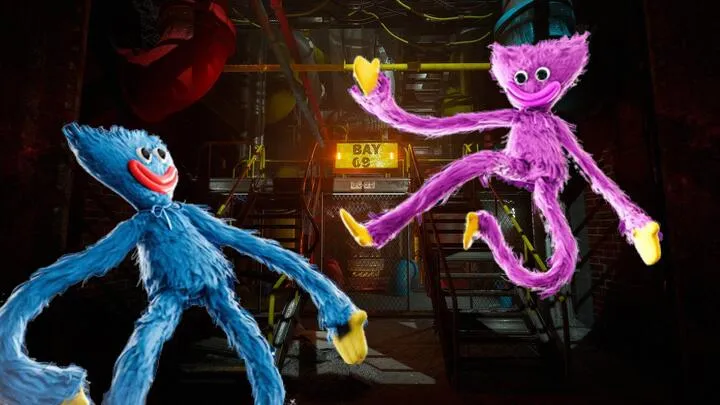
Always note landmarks such as ladders, broken machinery, or distinct pipes. These serve as visual cues when Huggy is close, ensuring you don’t loop back into danger. Vent shafts and crawl spaces are particularly useful, as Huggy’s size prevents him from easily entering.
A smart strategy is to pre-plan two or three alternate escape routes. If Huggy blocks your first path, you won’t freeze in panic but instead pivot seamlessly to a backup. Mastery of the environment transforms what seems like a terrifying death trap into a structured playground of survival opportunities.
Timing and Pacing in Escape Sequences
Huggy Wuggy encounters are not just about sprinting. They are carefully paced sequences where timing can mean the difference between survival and capture.
Players who rush may fall into traps, such as dead ends or blocked passages. Conversely, moving too slowly gives Huggy more opportunities to close the distance. The key is rhythm: alternating bursts of sprinting with moments of controlled movement when navigating tricky sections.
In addition, jumping at the right time over obstacles can save precious seconds. Stumbling or colliding with walls wastes time, and Huggy capitalizes on those mistakes. Learning the timing through practice turns chaotic runs into carefully executed escapes.
Sound Cues and Audio Awareness
Audio is one of the most overlooked survival tools in Poppy Playtime. Huggy’s footsteps, growls, and vent movements provide clues to his position. Players who train themselves to listen as carefully as they look gain a major advantage.
For instance, when Huggy is in nearby vents, his scraping movements warn you to avoid that direction. Footsteps growing louder mean he’s gaining ground, signaling you to speed up or change your path. Wearing headphones significantly increases immersion and spatial awareness, making audio cues sharper and more reliable.
Ignoring sound design reduces your chances of survival, but mastering it transforms every encounter into a tactical game of hide-and-seek.
Exploiting Huggy’s Weaknesses
Though Huggy Wuggy seems unstoppable, he does have weaknesses that players can exploit. His size, for example, means he cannot easily fit into small openings or maneuver around certain machinery. Knowing this allows you to steer chases toward areas where his bulk becomes a disadvantage.
Huggy also tends to follow direct paths rather than dynamically searching for alternative routes. Players who loop intelligently around obstacles can sometimes make him overshoot or get momentarily delayed.
Finally, Huggy has moments of animation “commitment.” Once he lunges or climbs, he cannot instantly change direction. Timing your movements during these moments gives you windows to slip away.
Practicing Under Pressure
Like any skill-based encounter, surviving Huggy Wuggy requires practice. Players who repeatedly attempt the chase sequences begin to recognize patterns and improve reaction times.

One effective practice method is replaying earlier chase scenes, even after you’ve completed them. Familiarity breeds confidence, which reduces panic and increases precision. Another technique is intentionally experimenting with alternate routes, discovering both successful and failed paths.
Over time, you’ll transition from feeling hunted to feeling in control of the chase. This psychological shift is key to long-term success in the game.
Maintaining Focus Until the End
Many players make the mistake of letting their guard down too soon. Huggy Wuggy encounters are designed to push you until the very last moment, often saving the biggest scare for the end.
The final stretches of a chase usually involve sharper turns, collapsing environments, or sudden drops. Staying focused and refusing to relax until the encounter is officially over ensures you don’t trip at the finish line.
It’s also important to recognize that the developers built suspense curves into Huggy’s design. His sudden disappearances or last-second lunges are deliberate tricks to test your endurance. Remaining calm until you’re fully safe guarantees success.
Conclusion
Surviving Huggy Wuggy in Poppy Playtime requires much more than running—it demands awareness, planning, and psychological resilience. By studying his movement patterns, using the GrabPack strategically, mastering timing, and listening carefully to audio cues, players can transform these terrifying encounters into thrilling victories. Each run is a blend of puzzle-solving and survival instincts, rewarding those who treat Huggy not as an unbeatable monster but as a challenge to outthink and outmaneuver.










